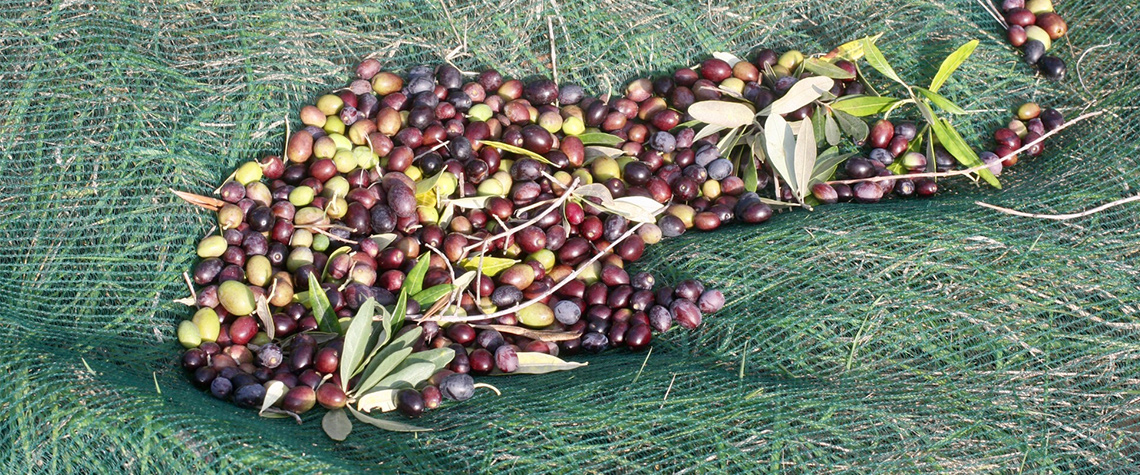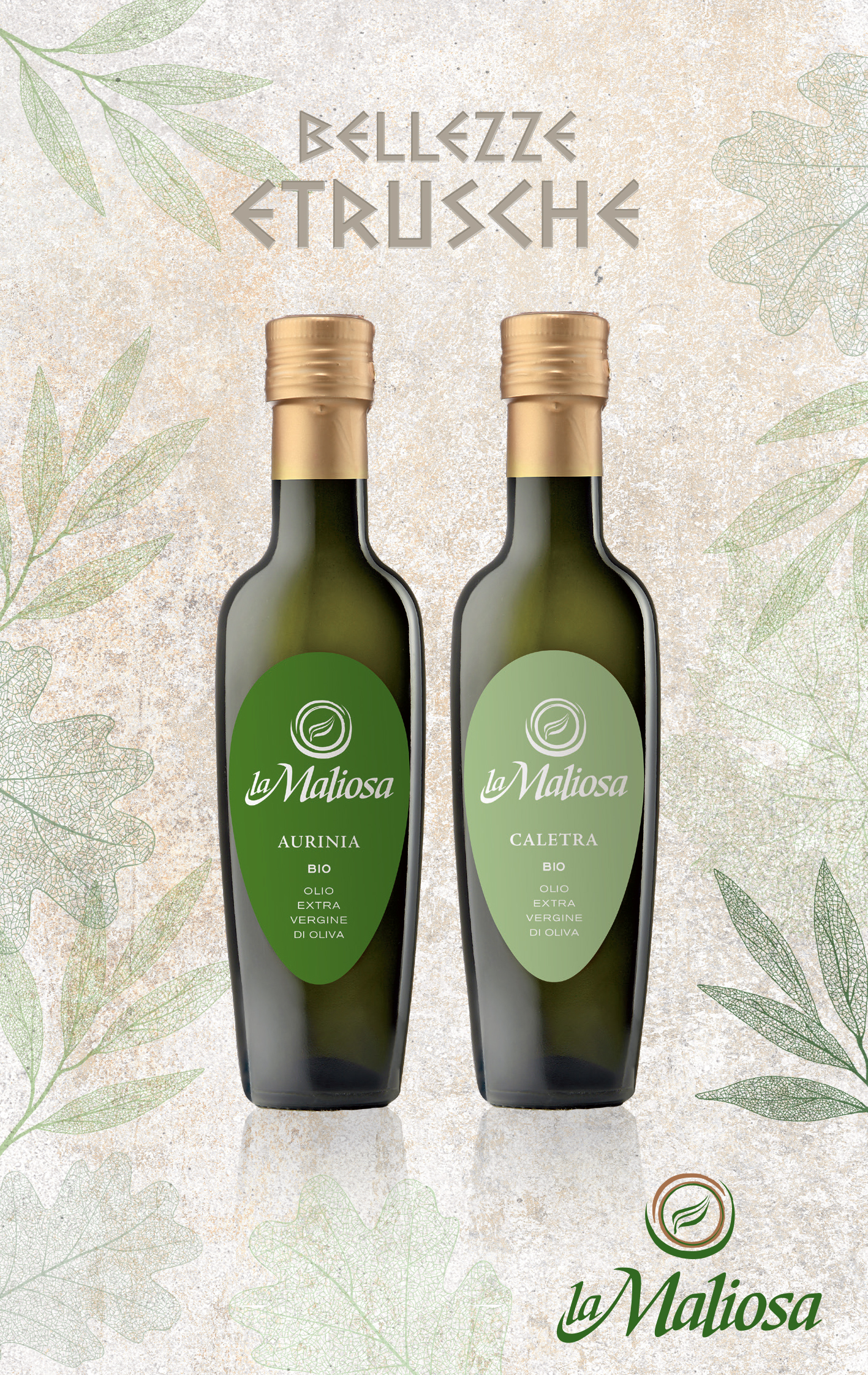In 2018, La Maliosa experienced a number of challenges and considerable difficulties in our olive grove, connected mostly to unpredictable and sometimes even extreme meteorological factors, especially during the harvesting period.
Worthy of note:
- an anomalous and persistent cold that occurred between February 25th and March 3rd and which recorded very low temperatures and consequent strong frosts;
- bad weather during the autumn period, during which the rains were frequent and sometimes abundant;
- hailstorms. In our area there was an intense hailstorm in the middle of summer in August and one in the first 10 days of October, just a few days before the beginning of the olive harvest;
- strong gusts of wind that hit our olive grove at the end of October brought down several trees in our historic olive groves.
At Fattoria La Maliosa, themain olive grove expands in a single plot of about 14 hectares, but it is located on three different hills, each with its own particular exposure, and largely protected by wooded areas. As a result, the climatic adversities weren’t equally as intense, with some areas worst hit and others less so. However, the weather inevitably affected the crop in quantitative terms (some olive trees did not produce any fruit) and in some plots, the olives were damaged by hail. Because of this discontinuity, the main purpose of harvest, which was undertaken laboriously on several occasions, was to obtain homogeneous daily batches. This led to frequent shifts within the olive grove of men and vehicles with objective practical difficulties, but our goal was “tenaciously” to bring to the press olives of the same optimal quality level every day.

Another problem that we had to face was the irregular ripening of the olives even within the same cultivar. In this case, only the detailed knowledge of our olive groves (which we visit and observe regularly and of which we have a map based on variety, row, microclimate and soil characteristic) allowed us to intervene with efficiency and reason during harvest.
Regarding diseases, and in particular, the olive fly, regular monitoring and timely interventions with biological defenses (kaolin and protein baits) allowed us to contain the autumnal attacks that have begun to be insidious near harvest and during harvest due to mild temperatures and high air humidity.
In spite of this year’s problems, we managed to expand the types of extra virgin olive oil produced by the company: we have the Aurinia blend and the Leccio del Corno Caletra monocultivar (awarded the Silver Medal at the 2018 Biolnovello competition), as well as Leccino monocultivar.






